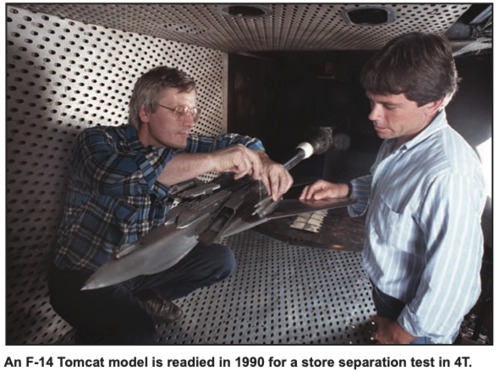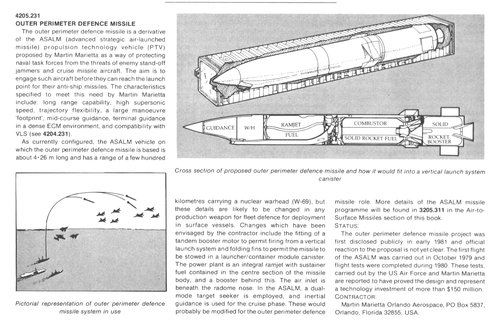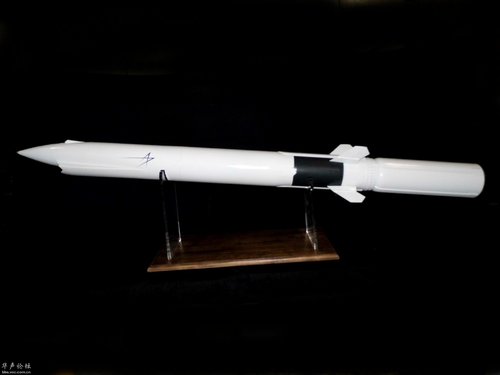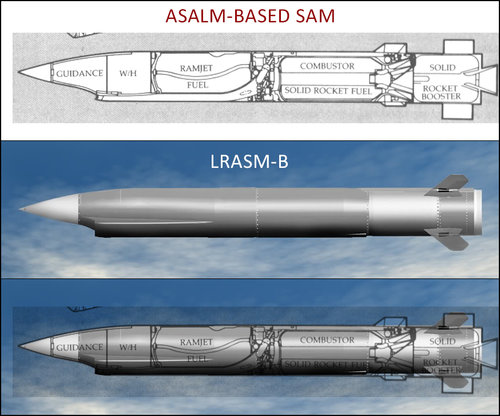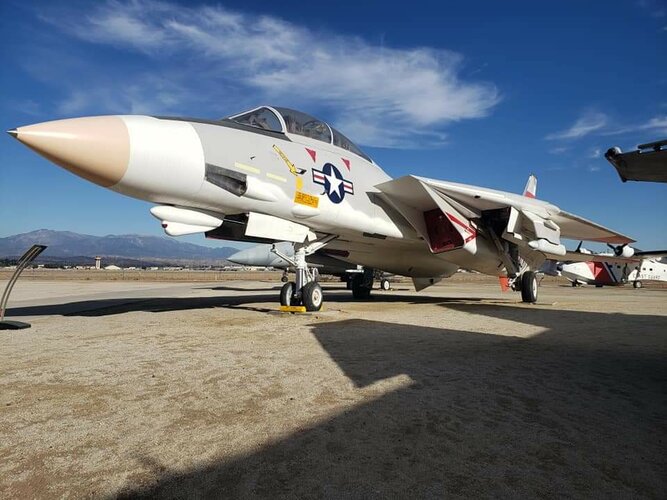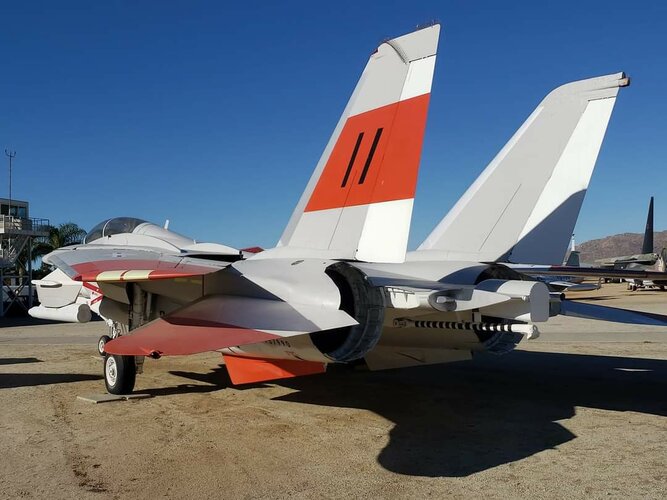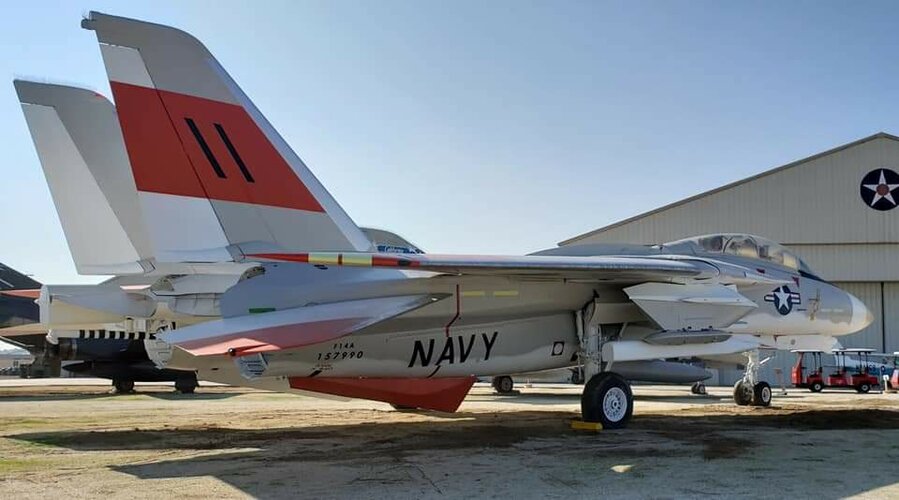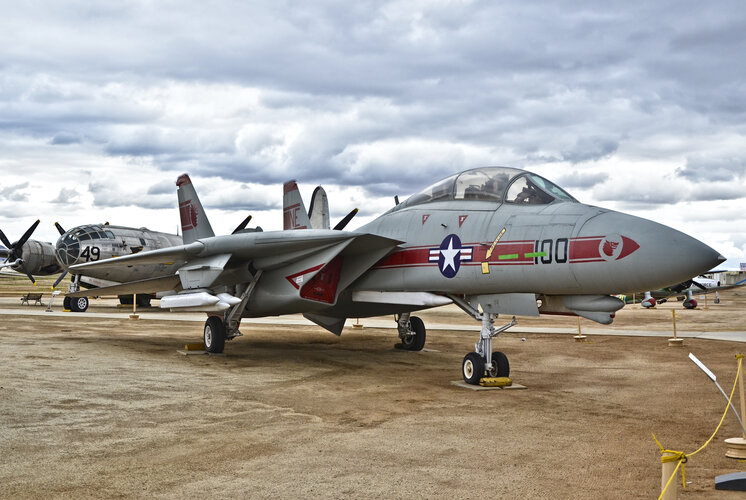- Joined
- 11 February 2007
- Messages
- 2,561
- Reaction score
- 4,360
According to Friedman (and in this case he was part of the team working on it, not simply the author recording it later), for the Outer Air Battle against a Soviet regimental strength attack they were talking about hanging missiles on anything that would fly, so even the A-6s would be working as missile shooters. So there's definitely a case for assuming they would have flown more if they had the hardpoints available to take them.Do you think the Tomcat would actually have carried that many though?
Wow. Seems like somebody at the highest ranks of USN, was thoroughly traumatized by Tom Clancy all time masterpiece - Red Storm rising, Dance of vampires.


Oh, Clancy didn't invent that nightmare, he just wrote it down.
Remember that Larry Bond, who pretty much scripted the naval battle scenes in RSR, had been an actual working naval intelligence analyst in the early 1980s. A lot of what made it into RSR were the very specific things that were freaking people out around Norfolk and the Beltway at the time.
And Bond's Harpoon naval wargame rules, which were used to model the RSR Backfire strike*, have just been released in the long awaited fifth edition. There's a lot of interesting stuff been coming out of the work his co-author Chris Carlson (also a naval intel analyst, though of more recent vintage ) has been doing in the naval archives on what was known about the threat and what was planned to oppose it. They've had to add entirely new guidance modes to cover how the Russian missiles actually worked.
* There's a Harpoon supplement "Dance of the Vampires" that solely covers how they did that : https://www.wargamevault.com/product/140136/Dance-of-the-Vampires

